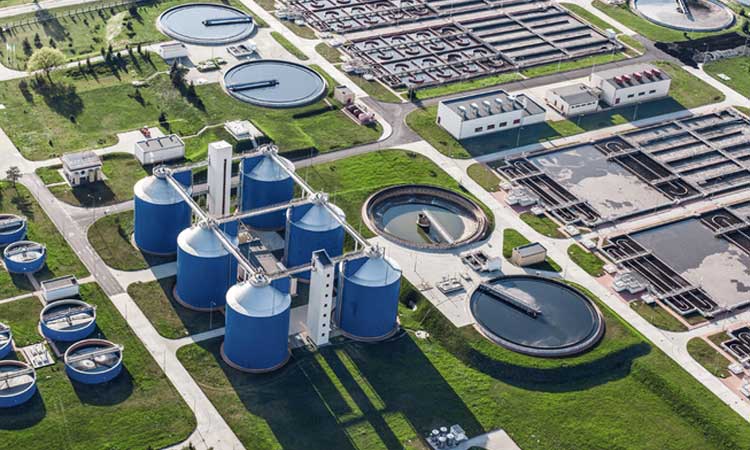
Government Regulations for Industry to treat wastewater before discharging to the Environment
Urban water supply and sanitation are essential basic needs for improving the quality of life and enhancing the productive efficiency of the people. Water uses from rivers, streams, wells, and lakes for domestic and industrial purposes in urban areas. Almost 80% of the water supplied for domestic use comes out as wastewater. Wastewater is left untreated, and it either sinks into the ground as a potential pollutant of groundwater or is discharged into the natural drainage system causing pollution in downstream areas. We will discuss the regulations implemented by the government for treating wastewater before discharging it off.
Globally water management systems face enormous challenges of accelerating water insecurity, flooding, and contamination of water resources. According to the UN, 80% of sewage is discharged without treatment. The ideal of the "networked city" fails to address the current SDG goals of the wastewater sector and is inadequate for the difficulties and reality of the Global South. It is argued that the urban sustainability challenge of insufficient sanitation, deteriorating water quality, and rising water stress have happened through poly-centric and integrated approaches that include nature-based solutions, community-scale, and community-managed systems.
In India, wastewater treatment, especially in booming urban centers, continues to be a big challenge. While the Central Pollution Control Board (CPCB) reported in 2013 that 19,827 MLD out of 53,998 MLD generated were treated in metropolitan, class one and class two cities, it further indicates in 2017 that out of 18.6% of total treatment capacity, only 13.5% of sewage is effectively treated. Alongside the given challenges, more than half the country faces high to extremely high-water stress, and future projections paint an even grimmer water availability scenario. An integrated view of the wastewater and water supply sectors is not optional but an urgent imperative. Oxidation ponds and advanced technologies like SBR, MBR are adopted for the treatment of sewage. Central Pollution Control Board carried out a study on the status of Municipal wastewater generation and treatment capacity in Metropolitan cities.
Our goal is to use (treated wastewater) in solving needs around Sun Valley and Ketchum. And by using that water for irrigation, that will lessen the need to pump water from the ground.- Steve Hansen
Several jurisdictions within India have been made, such as Reuse policies, Zero Liquid Discharge, Water (Prevention and Control of Pollution) Act 1974, The Environment Protection Act, 1986. The legal and institutional provisions are provided in the Water (Prevention and Control of Pollution) Act, 1974. 816 STPs have a capacity of 23277MLD in 28 States/UTs of India. With fast depleting fresh and groundwater resources, government bodies have shown interest in centralized reuse of water. It is stated that half of the wastewater generated in urban India is already being reused and will be reused indirectly without treatment. Typical reuse applications in India include forestry, horticulture, toilet flushing, industrial use (e.g., non-human contact cooling towers), fish culture, and various indirect benefits. With water as a precious resource and wastewater as a significant pillar of societal infrastructure, wastewater management necessitates the inclusion of multiple disciplines and perspectives.
The legal and institutional provisions are provided in the Water (Prevention and Control of Pollution) Act, 1974, wherein standards are developed and enforced for municipal wastewater treatment by pollution control boards. Wastewater needs to be conveyed to sewage treatment plants, and treated wastewater must meet the aesthetic standards of the ambient environment for receiving water bodies. One fixed set of standards for discharge and reuse is unlikely to effectively control the risks from domestic wastewater pollution and increase water insecurity in most Indian cities. For treating wastewater appropriately, we are the best manufacturers who strictly follow the guidelines made by the CPCBB. Plants are designed in such a manner that they will reduce the excessive loss of water while treating. Please connect with us through calls, chat, and emails if you wish to talk to us.
There is a need to generate water from all available resources, including wastewater, by recycling, recharging, and storage, also to plan strategies and give thrust to policies giving equal weighting to the augmentation of water supplied and the development of wastewater treatment facilities. The challenges are addressed by aiming for treatment throughout the country while building up an evidence base that will allow more nuanced future regulations. Toward this end, the 1986 discharge standards, specifying four receiving environments and location classification, offer a more realistic national level discharge framework with more feasible limits than currently proposed standards. CPCB could prescribe a range of appropriate norms and best practices for various wastewater reuse applications to encourage reuse. Given the risks associated with raw wastewater reuse, "safe reuse" should be operationalized using the best available evidence on the treatment needed for specific environmental and human health exposure scenarios.
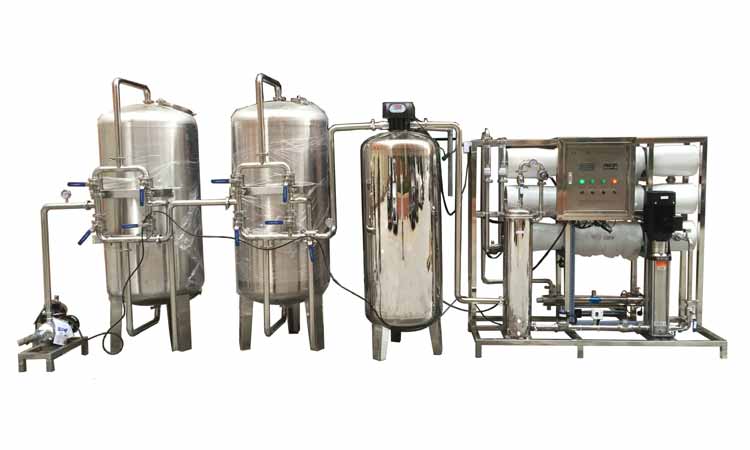
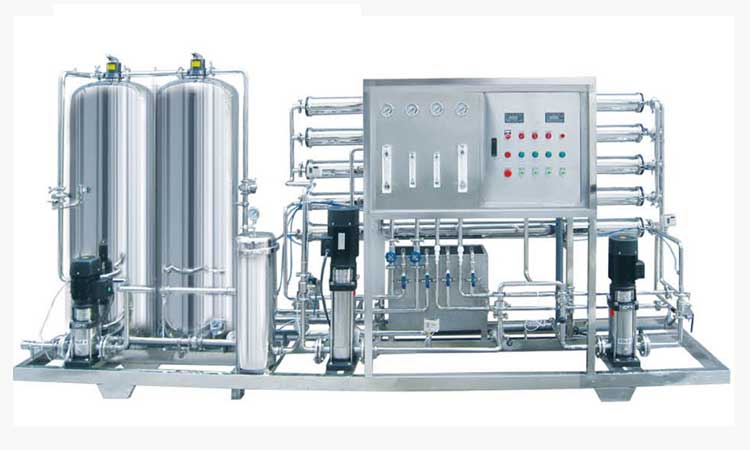
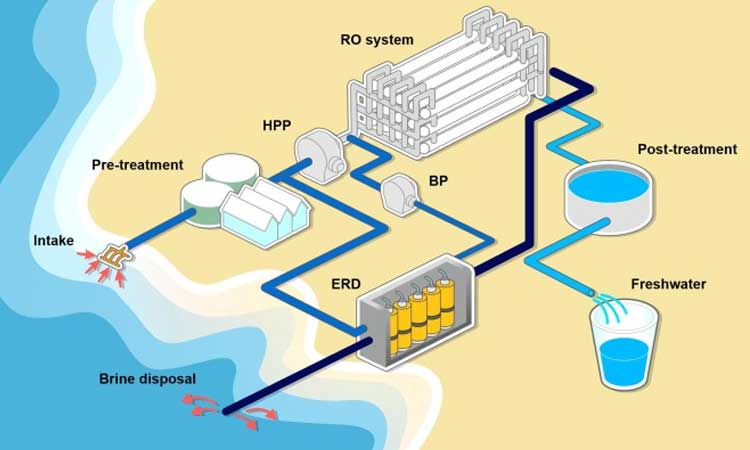
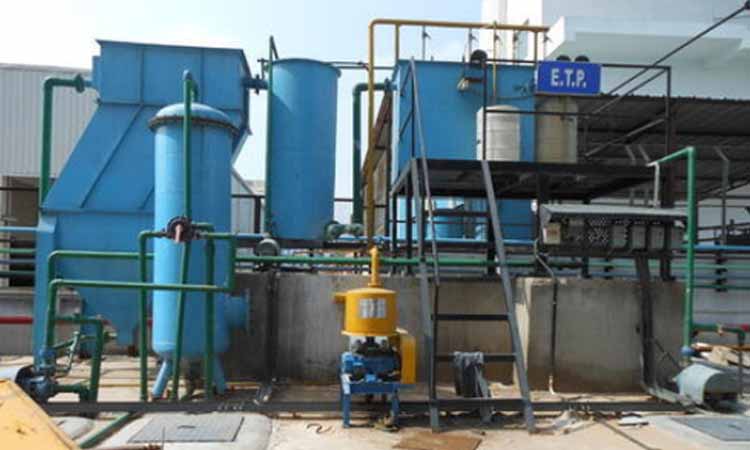
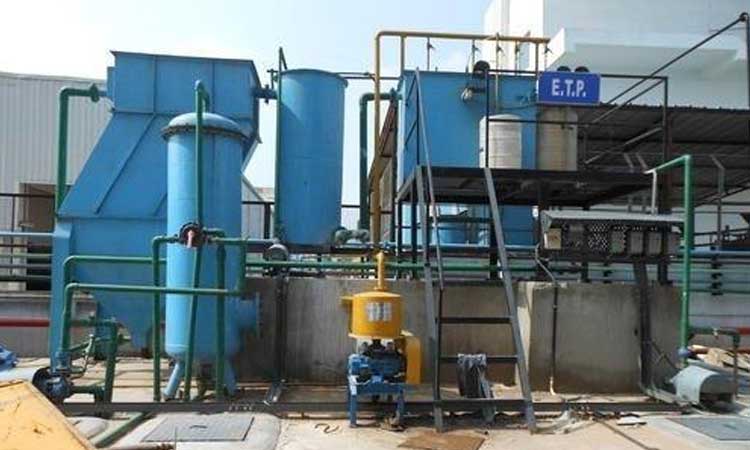
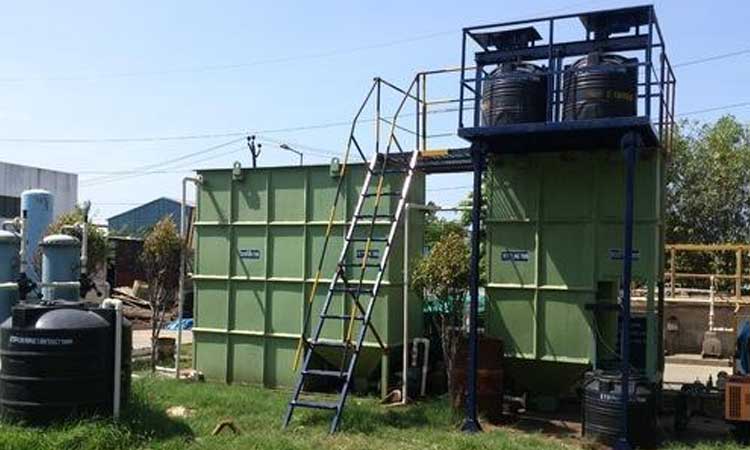
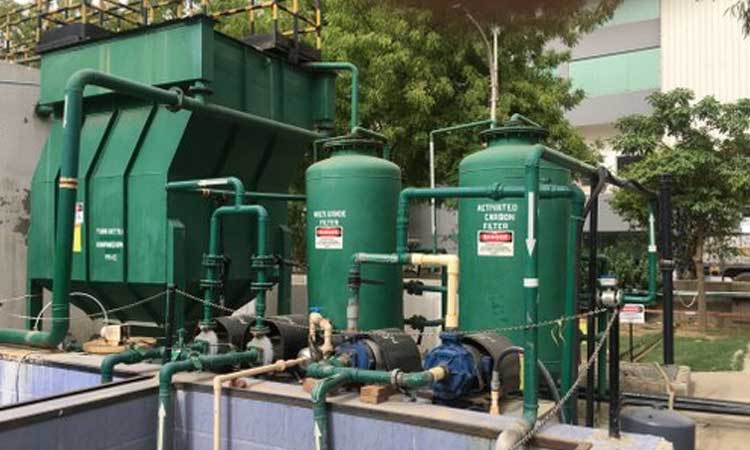

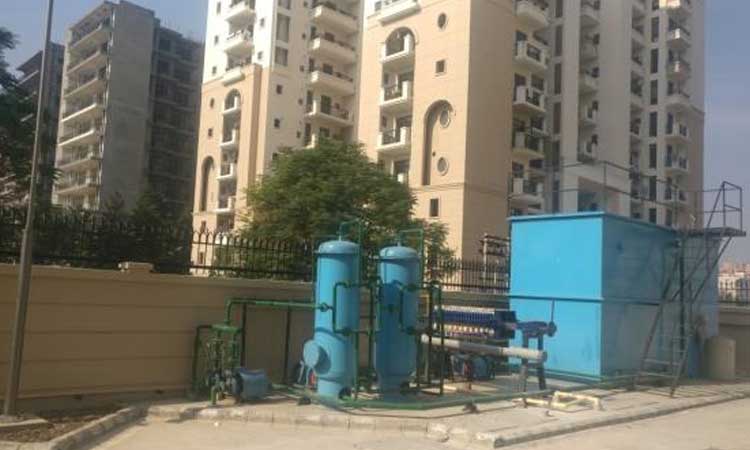
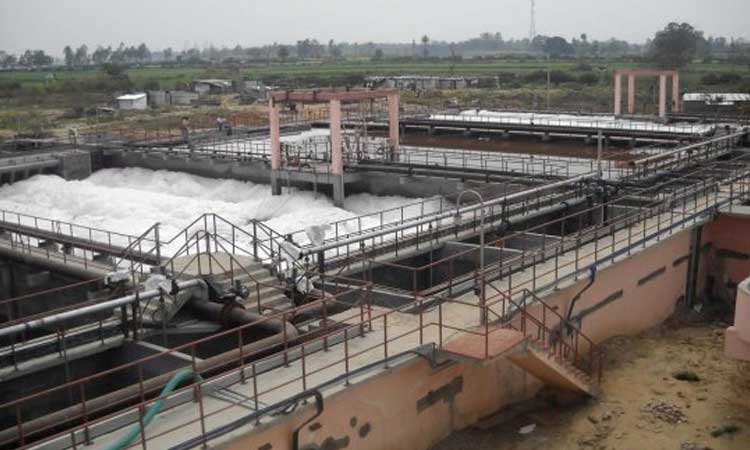
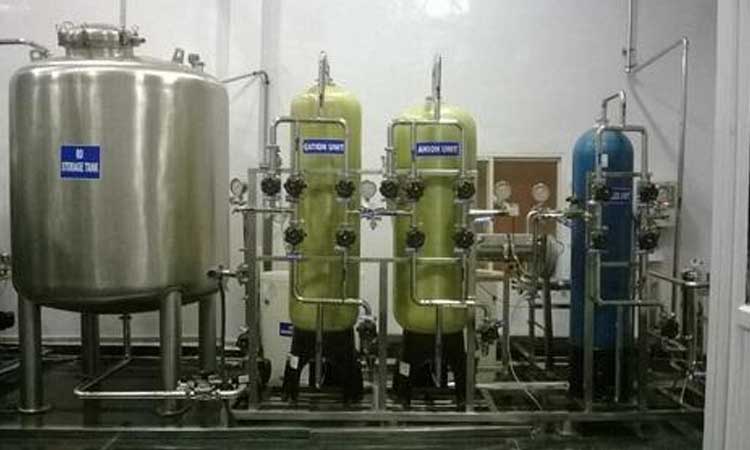

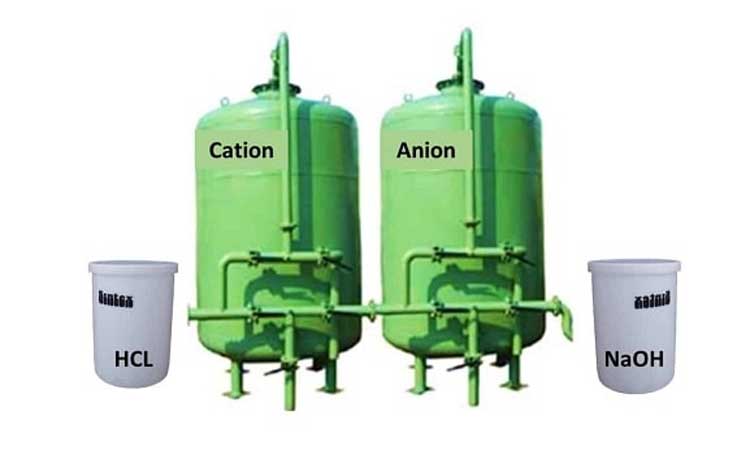

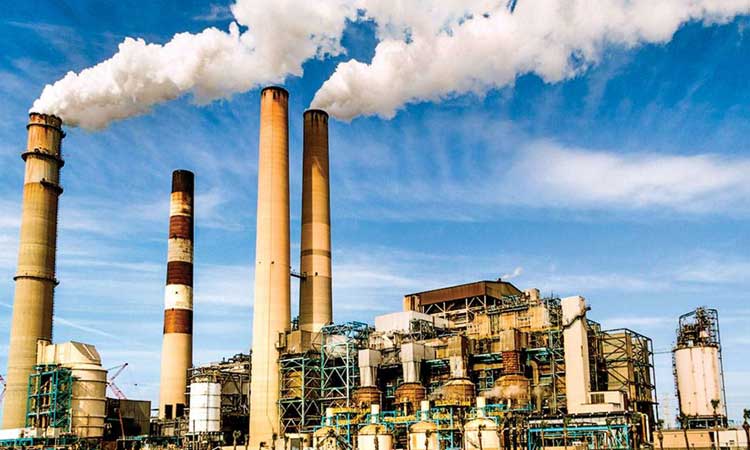


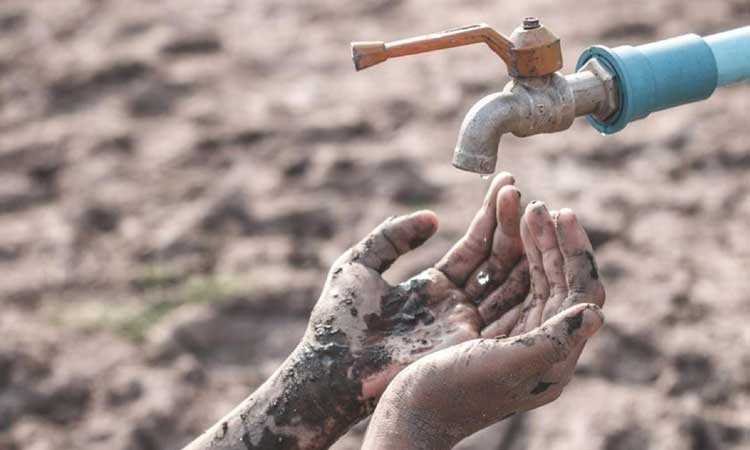
Comments
Effluent Treatment Plant is designed to treat industrial wastewater for its reuse or safe disposal back into the environment. Effluents can be any contaminated water that flows out of a sewer, treatment plant, or industry. These plants are used for treating heavy industrial waste, which, when exposed to the environment, are detrimental to the surroundings.
All waste treatment plants have an effluent. That's to say, and the effluent is the end product of a facility. Polishing ponds are used to allow the settling of any solids before treated water flows into receiving streams, rivers, or lakes.
In the activated sludge waste treatment process, the sizing of aeration tanks is based on the design and modification detention time requirements. Conventional aeration would typically have a 12-hour detention time and require a half a million-gallon aeration tank.